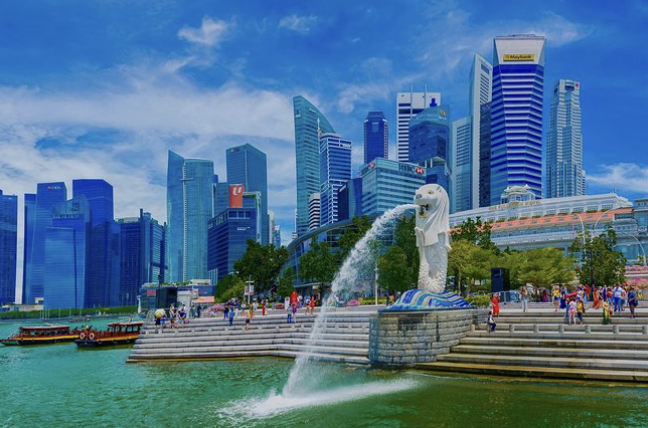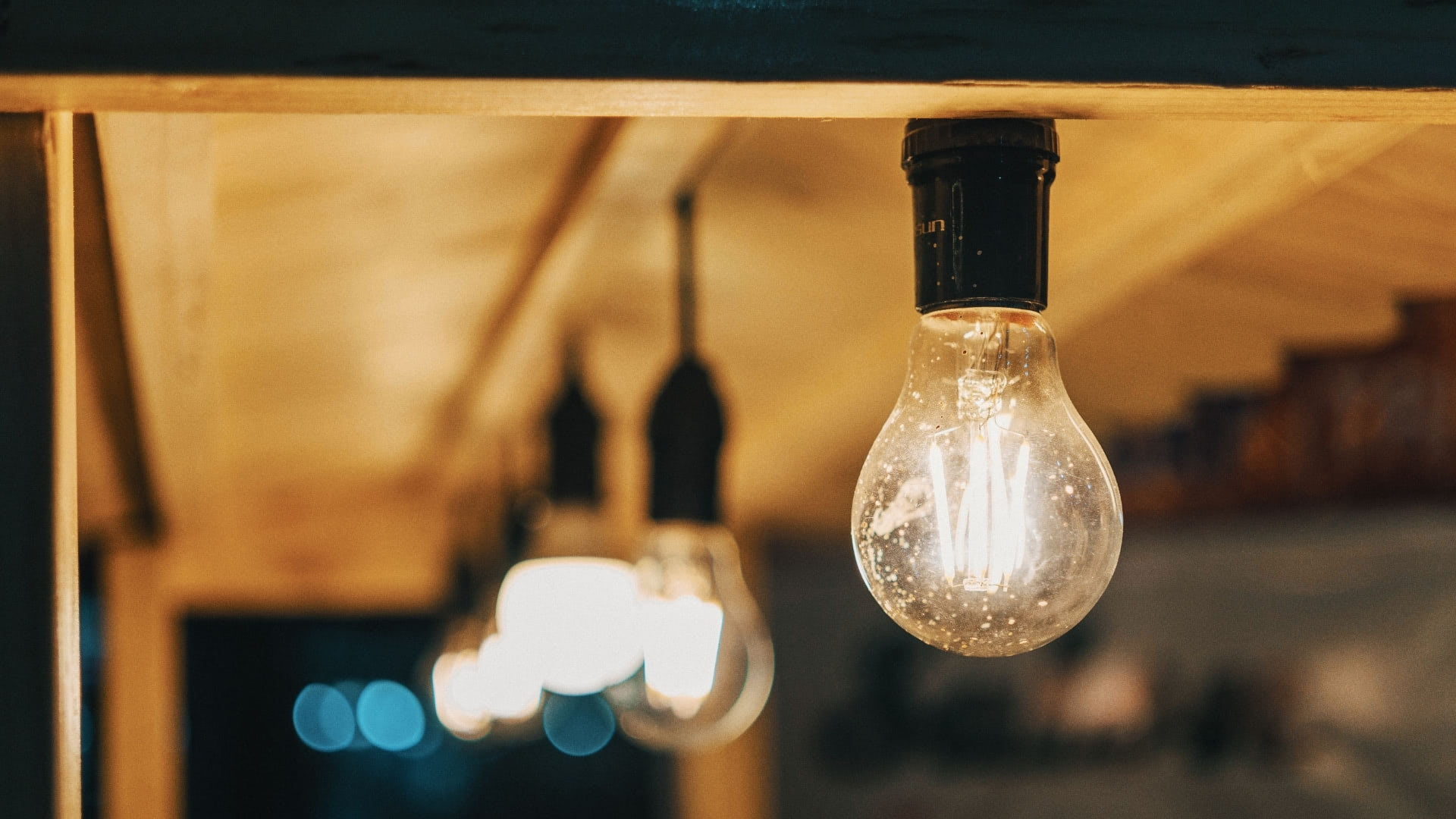The “know-how” of buildings in Singapore.
A skyscraper is a tall building as opposed to a low building, the height of which is defined by case law. In short, “skyscraper” refers to a building of a certain height and number of storeys. Skyscrapers may be used for residential, office, or other purposes, including hotels, retail, or combined for multiple purposes.
Multi-family buildings have technical and economic advantages in densely populated areas and have become a characteristic feature of residential development in some of the most densely populated urban areas in the world. Residential skyscrapers are known by various English terms, such as Anglo-British skyscrapers, often referred to as MDUs, which stand for apartment buildings.

A skyscraper is a building with 12 or more storeys. In Singapore anything taller than seven storeys is considered a skyscraper, and skyscrapers taller than 40 storeys are called skyscrapers.
Walk-ups are apartments in buildings that have elevators, but the main difference between a walk-up and a midrise. Mid-rise apartments are usually higher than five to twelve storeys, while high-rise apartments are usually nine storeys. For example, the fourth floor of walk-ups is usually the fourth floor of an apartment complex, and you have to climb the stairs to reach it.
Duplex apartments look like a single-family home from the outside, but they actually consist of two separate units side by side, separated by a common wall.

If you live in a ground floor apartment, you are more likely to encounter wildlife and bugs than if you live on a higher floor. The top floor of a nice apartment building has a nice view of the courtyard, and the sliding doors on the lower floor are great if you have a dog. However, living on the bottom floor can make your apartment an easy target, so take extra precautions.
Living in the ground floor or basement condo also puts you at a higher risk for crime. Depending on the building structure and security measures, it may be easier for criminals to enter ground floor apartments and basement apartments from the outside by climbing in. Those looking for Condos on lower floors may have private outdoor areas in the basements that are easily accessible and do not require stairs or elevators.
If you don’t mind climbing stairs all day, an apartment building with an elevator is an excellent option for those looking for the most affordable option in the city. Skyscrapers are popular because they are more affordable for developers, contain more units, and low-rise apartment buildings are not as costly as high-rise buildings. Unlike low-rise apartments, middle-rise apartments are in buildings with elevators.
Now that we have an idea of what a Singapore high-rise apartment is, it’s time to talk about why you want one. You may have heard of mid-rise apartments, a category that applies to residential buildings between 5 and 10 storeys. According to Jenson Yoo, a low-rise is a four-storey apartment complex known in some parts of the country as a garden apartment.
If you require a breathtaking view of the Singapore skyline, you’ll get it in a high-rise apartment. Finding the right type of condo for you isn’t always clear-cut, however, because there are so many apartment types to consider. Price range, location, floor plan, storage space, and noise are all factors to consider when buying an apartment.

We’ve all put together a guide to the different apartment types to help you search for an apartment that meets your needs and exceeds your expectations. To make your apartment search easier, we’ve put together a brief description of the differences between high-rise and low-rise apartments. First, let’s clarify on what we mean when we talk about high-rise and low-rise apartments before we begin our comparisons.
Those who wants to live on the top floor of an apartment building have less to do with pests, bugs, and wildlife. In a society where apartment complexes are often crowded areas, the upper floors should be quieter and more peaceful. Many people tend to prefer the upper floor and don’t realise that the lower floor has its advantages as well.
The view of the apartment is also an important factor, because a higher floor offers the best possible vantage point. If the apartment is near the sea or in a scenic area, the view will be an important factor and the higher floor will be your best choice. However, there is another point you should consider.
Shetty says that the higher you decide to buy a high-rise apartment, the higher the cost will be. As you may know, developers charge higher prices for apartments that face north and east and have floors considered better than those facing west. Building high-rise apartments as high as 40 storeys has become a common practise in some metro cities. Basement apartments are also subject to up-front fees, making living on higher floors more expensive.

For some apartment seekers, the property they live on is so important that they narrow down their search. For example, those who want to live in a high-rise building may limit their search to high-rise buildings that offer vacant apartments on the top floor. Other apartment seekers, for example, don’t care about floor selection and don’t want to rent a ground floor apartment for safety reasons.
Developer New launch apartments are named for their straight floor plan and consist of three or four rooms connected by hallways, forming a long, narrow rectangle. Low-rise apartments are apartments in buildings with one to four storeys that do not have elevator access. Walking Apartments are apartments in buildings that are accessible only by stairs.
Because moving to a ground floor apartment is easier than moving to an apartment without an elevator, it is a natural choice if you are elderly, have mobility or health issues, have children, or a dog that needs to go outside several times a day. A ground floor apartment not only meets your living needs, but it also has features that make it more desirable than more luxurious units on higher floors. Living on the ground floor means you don’t have to use elevators or be in close proximity to strangers to get to your apartment during the pandemic.
Since the main complaint about ground floor apartments is their proximity to the street, the actual location of the apartments in the building can make a big difference.




